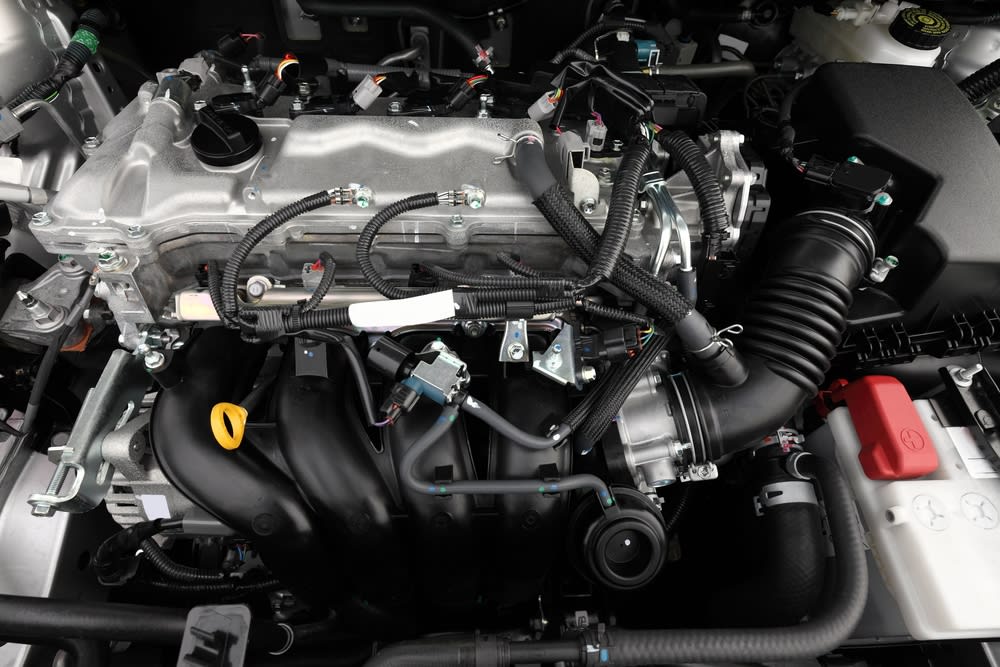

If you’ve recently attempted to have your emissions checked and was told the vehicle failed, it’s quite possible the root source is a clogged or dirty catalytic converter. The catalytic converter is an emissions-regulated component installed within the vehicle’s exhaust system. It removes particulate matter and other harmful emissions prior to exiting the tailpipe. Eventually, this part will become clogged with excessive carbon buildup and will require cleaning or replacement. However, cleaning your catalytic converter is not as easy as you might think. In fact, it’s not even recommended by professional mechanics or a vehicle manufacturer and if done, may even void vehicle warranties.
If you’re having problems with a catalytic converter and are considering cleaning it, first determine the cause of the emissions issue. Then, decide whether to clean or replace the catalytic converter.
Determine the Root Source of Your Failed Emissions Test
90 percent of the time a failed emissions test is incorrectly diagnosed at the point of inspection. An emissions test will download the stored OBD-II trouble codes that might be related to the failed test. Most of the time, the code found is P-0420 — a generic code indicating that the Catalyst System Efficiency is “Below the Threshold.” While most of the time this can be contributed to a clogged catalytic converter, it can also indicate a failure of one of the multiple oxygen sensors, an exhaust system crack, or about a half-dozen different problems. If the catalytic converter is the problem, the majority of the time it is past the point of cleaning and will require replacement.
If you’re trying to diagnose the source of this code, you should start by inspecting the catalytic converter first. Here are three items to verify before attempting to clean the catalytic converter.
- Determine if it’s too clogged: If the catalytic converter is too clogged with excessive carbon deposits, the engine may not run. To inspect the inner catalytic converter, it needs to be removed first.
- Check for damaged internal parts: If the catalytic converter is the source of your issue, inner parts will be loose or damaged in most cases. One quick way of checking it is lightly tapping the catalytic converter with a hammer and listening for any rattling sounds. These noises indicate damage and require replacement.
- Check for excessive oil consumption: Another leading source of a damaged catalyst is excessive oil consumption. This is usually caused by damaged piston rings, cylinder head valve guides, or fuel injectors. If you notice smoke coming from your exhaust pipe, this is likely the issue. Cleaning the catalytic converter will not resolve the problem.
Consider Removal and Manual Cleaning, or Replacement
Once you’ve determined that the catalytic converter is not damaged or too clogged for cleaning, the next step would be to remove it and attempt to clean it manually. The best method is using water and lacquer thinner. However, there is no proven step or process for cleaning the catalytic converter this way, so you might want to search online for a few additive cleaners, such as Oxicat or Cataclean, that help remove carbon deposits slowly before attempting.
As we indicated at the beginning of this article, cleaning a catalytic converter is not recommended by any vehicle manufacturer. It can damage the internal catalyst and render this mandated system useless. The best solution is to have a professional mechanic replace the catalytic converter.



